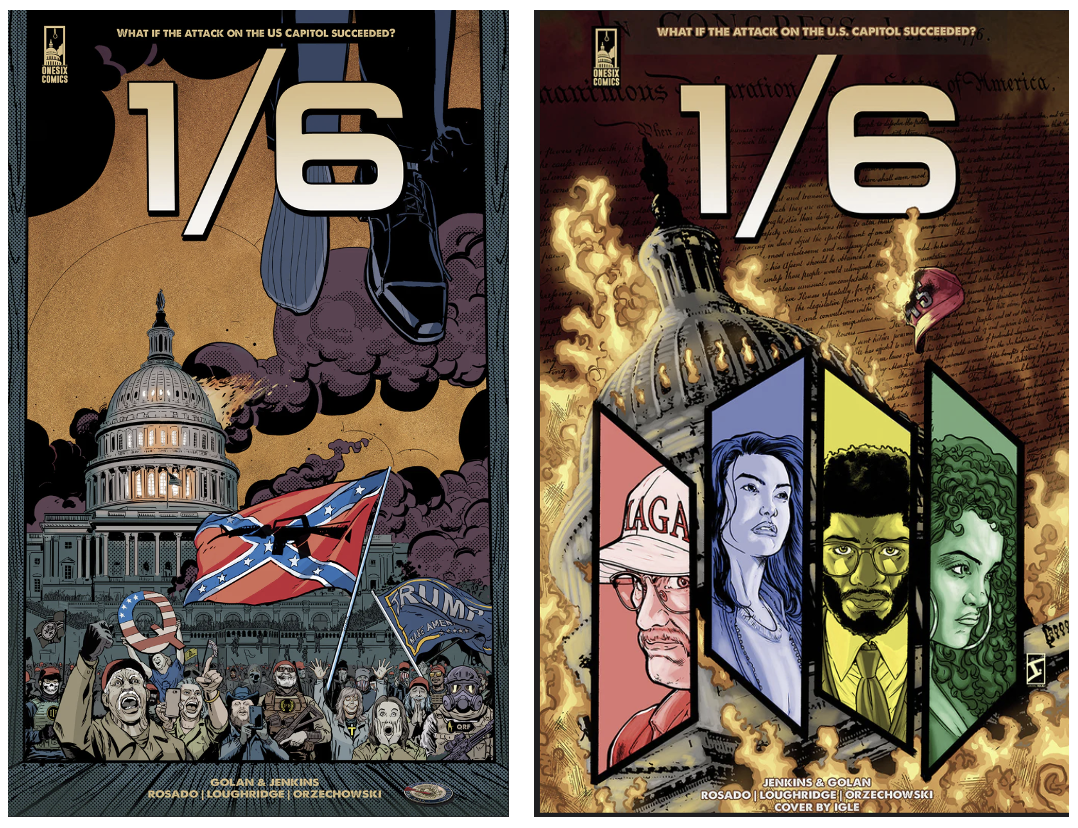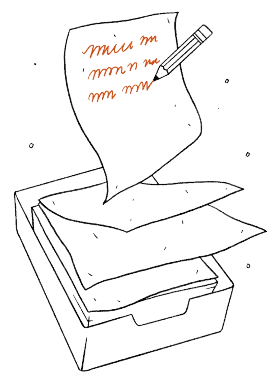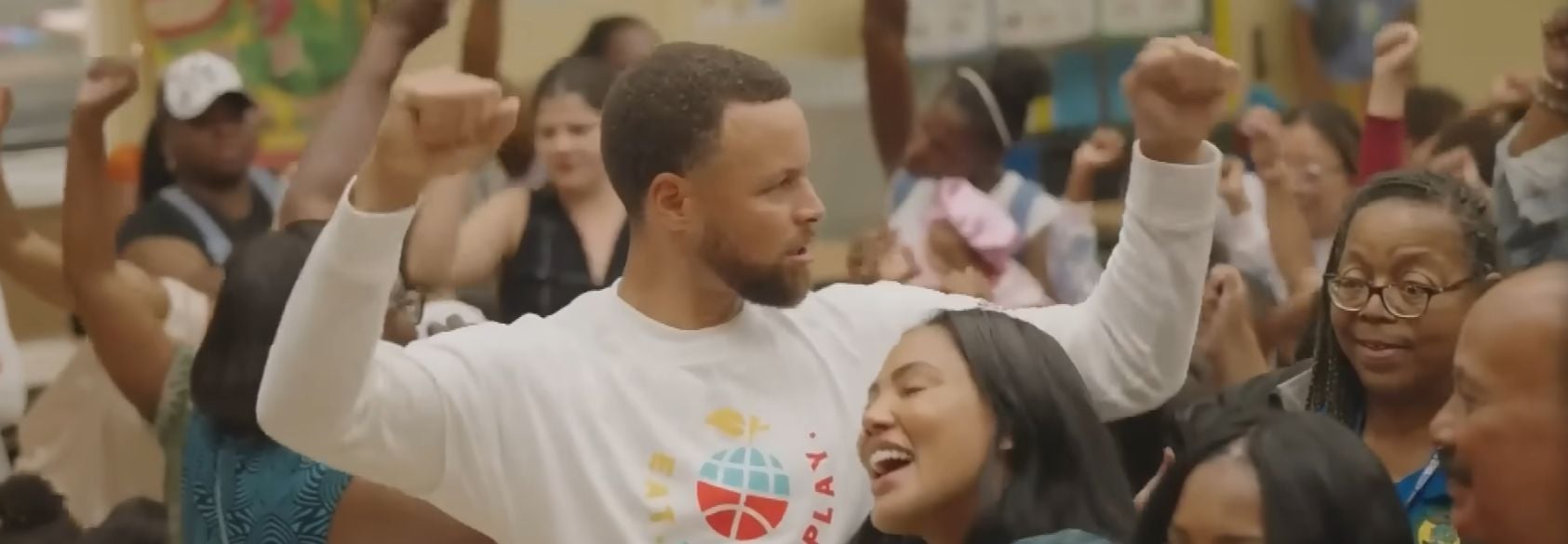How to Teach About Jan. 6 by Proxy
I teach in a district where I will not face backlash for teaching the truth about the Capitol attack. However, if teachers work in more polarized communities, Dr. Yohuru Williams offers a smart road map for how to teach about Jan. 6 “by proxy.” In other words, you can teach about the themes around the insurrection through the lens of other similar historical events. He recommends focusing on literacy and situating young voices. As he explains it, “you do not have to talk about the Capitol directly to have them understand the magnitude of the event. You can teach by proxy but comment by proximity.” In other words, you can teach about the themes—mob rule, protests, the ideals of our democracy—without directly talking about Jan. 6. Allow students to use their own critical-thinking skills to make the connections.
However, you can also just share images from the event and a timeline and ask your students what they think happened and why. Discuss the ideals of our nation and ask students if they think what happened on Jan. 6 reflects them.
Two Really Powerful Resources
First: A Play

“Fatherland,” a powerful play that was conceived and directed by Stephen Sachs, tells the true story of Jackson Reffitt, the 18-year-old son who turned in his father, Guy Reffitt, to the FBI because of his dad's role in the Capitol attack. This play is really useful for educators because it just lets the facts and actual history speak for itself.
In an interview with Sachs, he shared with me that after reading through the official court transcripts of the United States v. Guy Wesley Reffitt case and public statements and evidence, he felt compelled to turn it into a play. What makes this play especially powerful, and perfect for teachers trying to teach about Jan. 6, is that Sachs chose to make this a verbatim play, where every word comes from the actual words of the Reffitts. You can watch a trailer of the play here.















